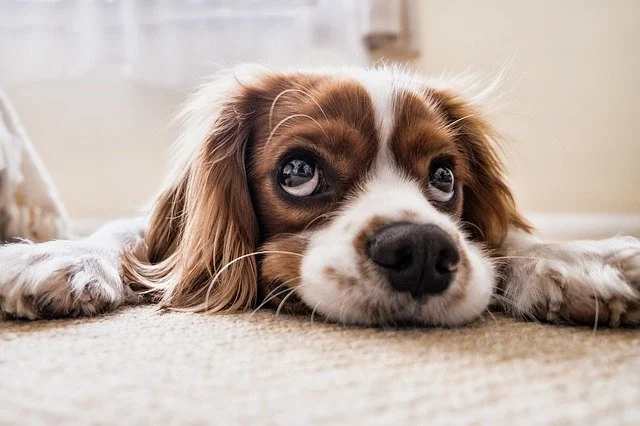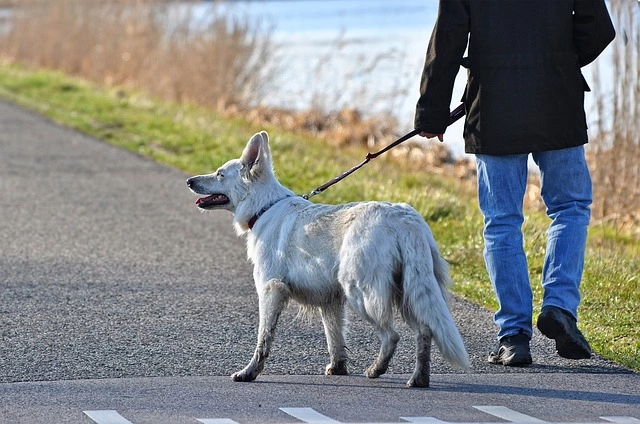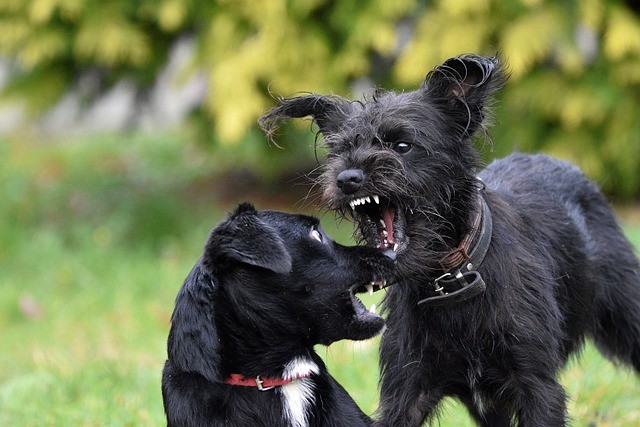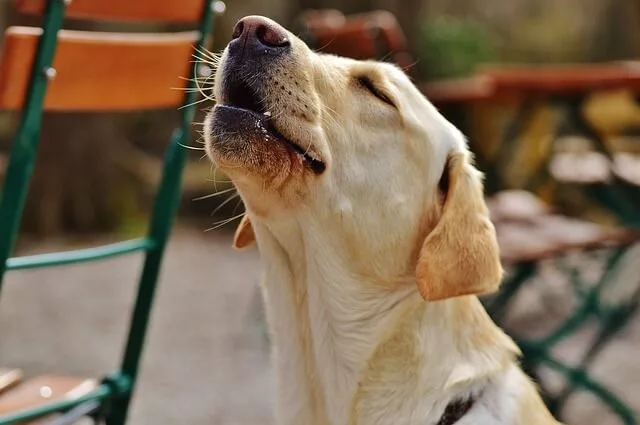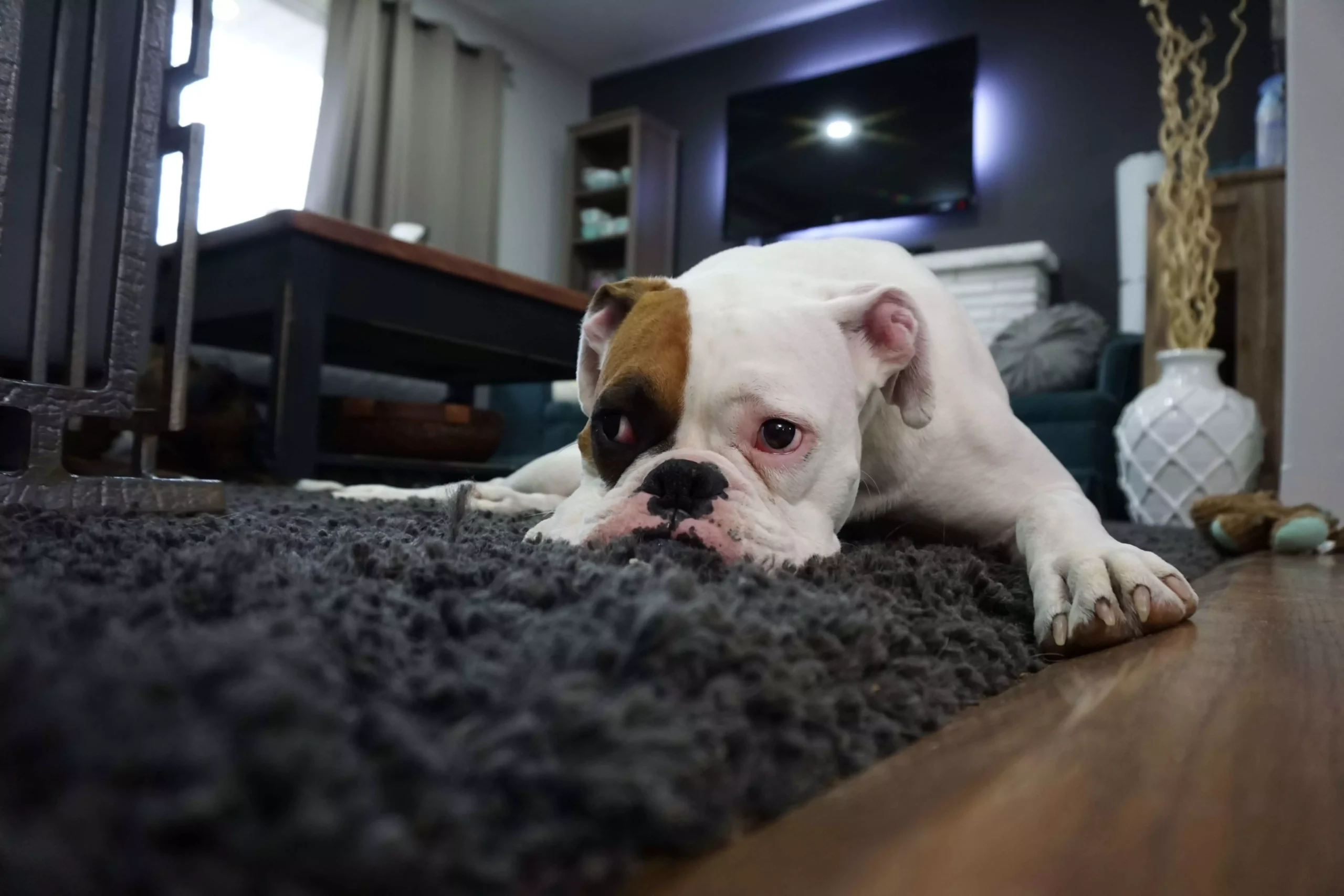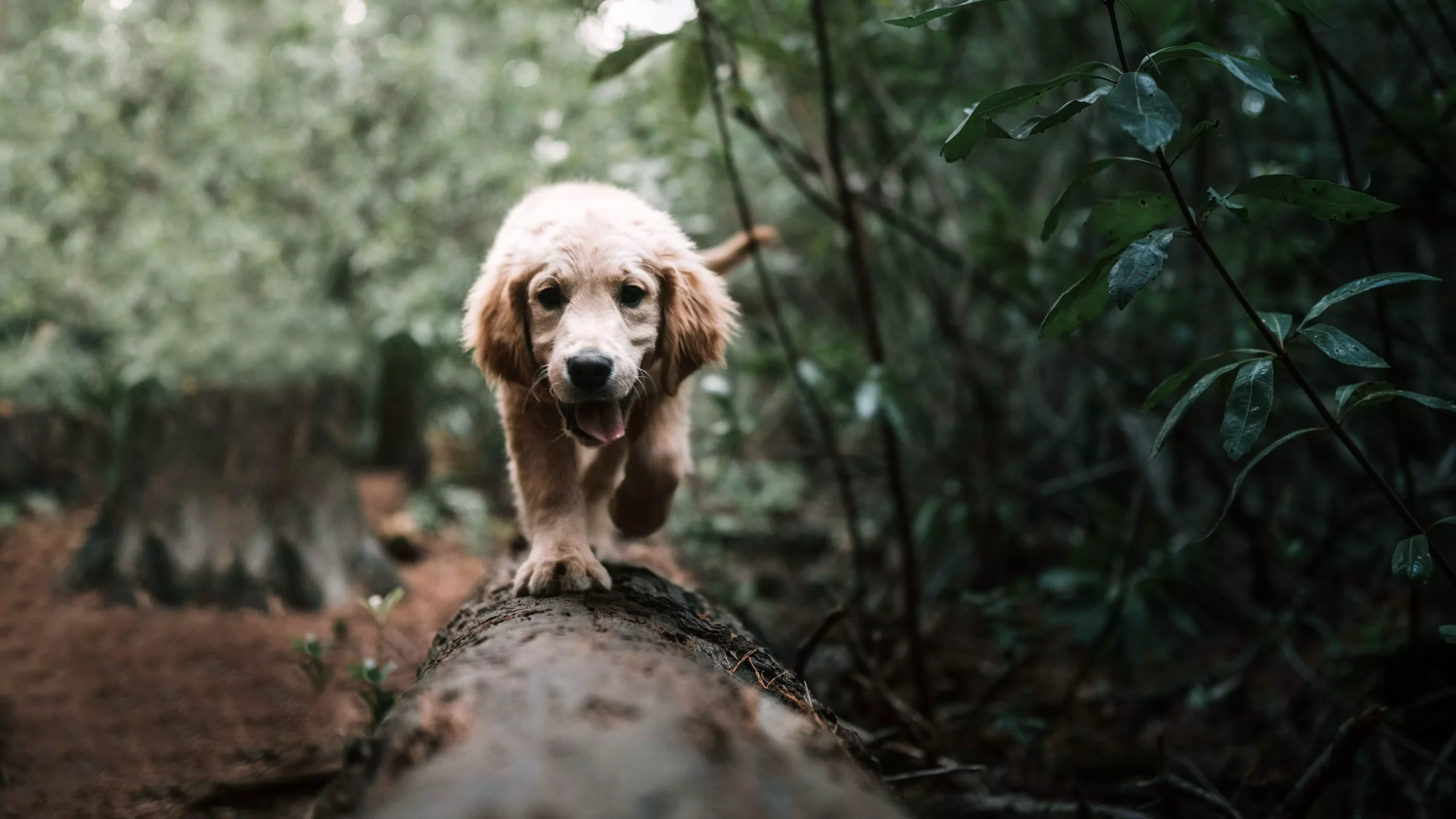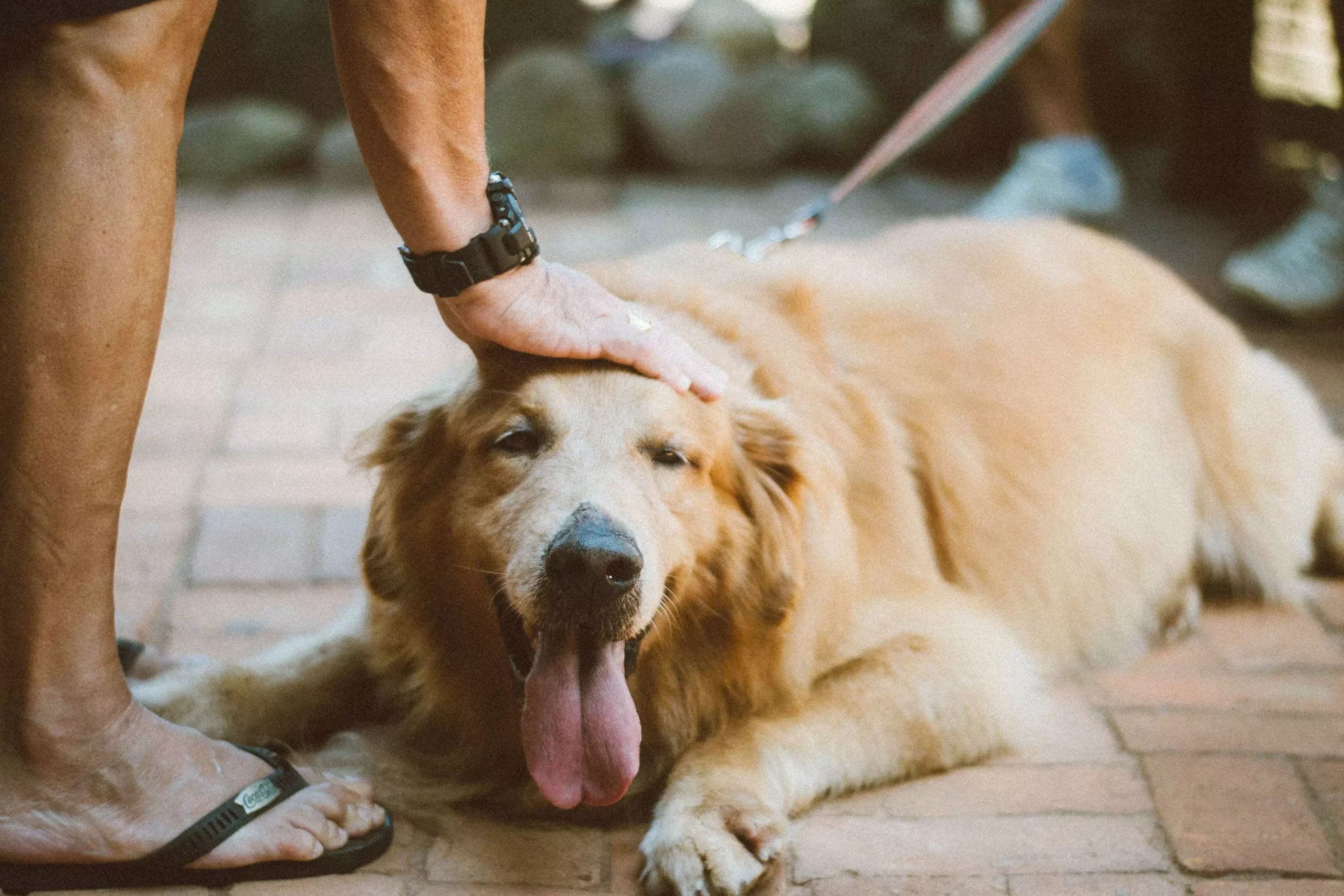By following these techniques, we can create a safe and comfortable environment for our animal friends during their healthcare and grooming procedures. Additionally, this will facilitate accurate and efficient veterinary examinations, leading to better overall care for the animals.
Understanding the importance of proper handling and restraint techniques is the first step towards ensuring animal safety. By minimizing the risk of injury to both animals and handlers, we can prevent accidents and create a secure environment. Furthermore, reducing stress and fear in animals is essential for their well-being. By implementing effective techniques, we can help the animals feel more relaxed and comfortable during handling and restraint.
Essential handling techniques play a crucial role in ensuring animal safety. Approaching animals with calm and confident behavior helps to establish trust and reduce anxiety. Sudden movements and loud noises should be avoided, as they can startle and distress the animals. Recognizing animal body language is also important in determining their emotional state. By understanding signs of fear, aggression, or discomfort, we can adjust our approach and ensure the safety of both the animal and the handler.
Appropriate positioning during handling and restraint is crucial for maintaining control while minimizing stress. Handlers should aim to maintain control of the animal while avoiding unnecessary pressure. The proper use of leads, harnesses, and collars can help in achieving this. It is important to use these tools correctly and not to apply excessive force, which could cause harm to the animal.
Restraint techniques vary depending on the type of animal being handled. For dogs, manual restraint techniques such as head stabilization and gentle restraint of limbs can be used. The use of slip leads and harnesses, as well as Elizabethan collars, can aid in controlling dogs during procedures. For cats, towel wrapping and scruffing are commonly used techniques. It is essential to follow proper techniques to avoid injury to the cat. Small mammals require proper holding techniques that support their body and minimize stress. Specialized containers or tubes can be used to restrict movement during examinations.
In the Frequently Asked Questions (FAQs) section, common concerns related to handling and restraint techniques are addressed. Questions regarding preventing bites or scratches, the necessity of restraint during routine check-ups, dealing with stressed animals, handling injured animals, and the potential long-term harm of improper techniques are all answered.
In conclusion, effective handling and restraint techniques are crucial for ensuring animal safety. By prioritizing animal well-being and implementing proper behavior, recognizing body language, and employing appropriate positioning, we can minimize stress and potential injuries. Remember, handling and restraining animals should always be conducted in a calm and compassionate manner.


